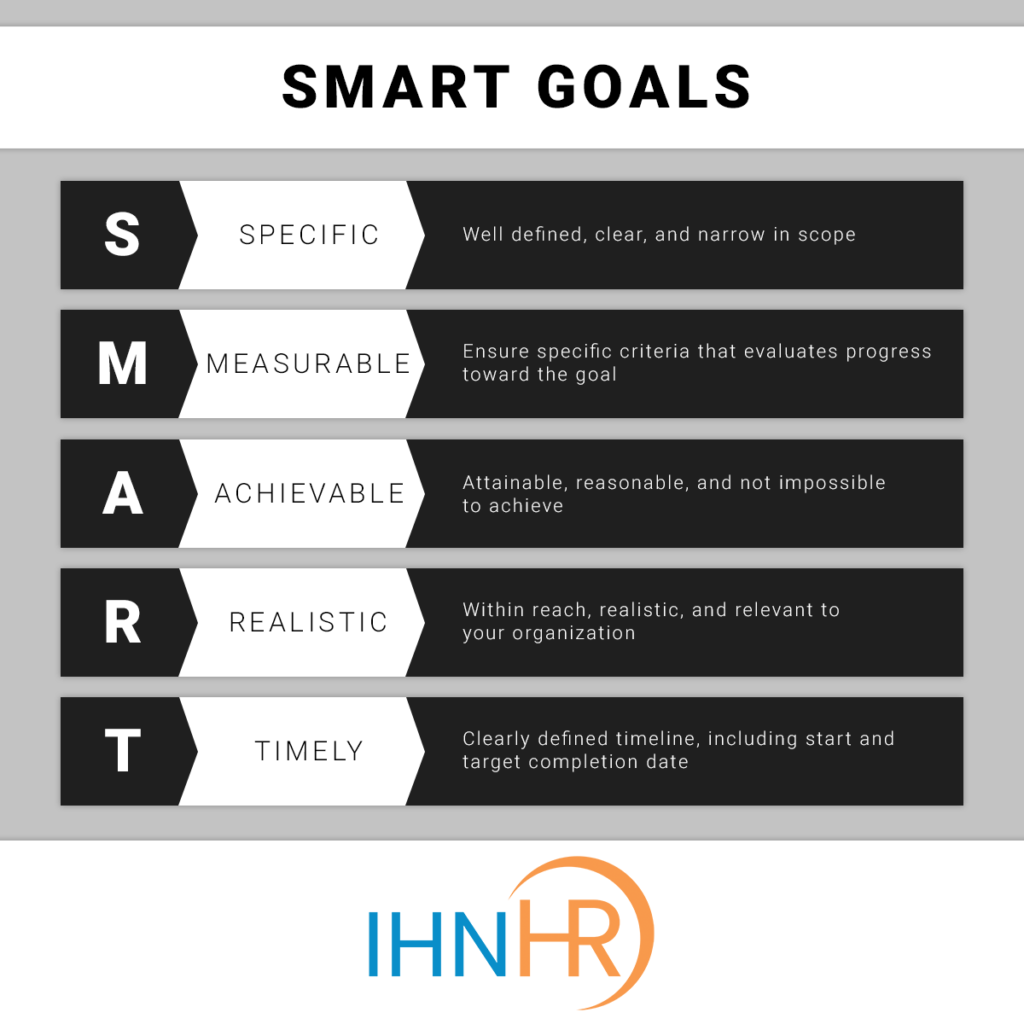10 Competencies of Leadership

Let’s face it: We all know being a leader is tough.
That’s why it’s so crucial for leaders to understand their capabilities in relation to leadership competencies. There’s a lot going on in those areas, from directing teams to energizing them and accomplishing your goals – each of which can be a challenge.
I’ve found that breaking down leadership into a series of competencies can help extensively. That way, you can think of each skill as its own separate task, making developing each one easier.
Here’s a look at the 10 key competencies of outstanding leaders… along with tips for you to excel in them no matter your field!
Leadership
This first competency might seem like an obvious and even all-encompassing aspect of being a leader, but hear me out. Developing all the other competencies we cover requires authentic leadership. Team members won’t believe in your vision until they conclude that you’re worth following.
That begins with proper communication. The best communicators explain their ideas with power and conviction. They speak to overarching organizational objectives and primary strategic priorities. And they articulate how each person’s work cascades up to higher-level goals.
When priorities are clear, teams can really buy in.
Great leaders also bolster morale through hard work, modeling how they want their teams to behave. They roll up their sleeves to show what they want the rest to do, raising everyone else’s energy levels by personally demonstrating diligence, focus, and persistence.
Or, to use the definition we use at IHN HR, leaders show everyone else how to “deliver on the mission, achieve the vision, and reflect the organization’s values.”
Delegation
From there, you should understand the importance of delegation to leadership success. Don’t try to do it all yourself; instead, assign tasks to the people best-suited to handle them.
Effective delegation begins with putting people in jobs they can do, so carefully consider each team members’ capabilities. Do they have what it takes to get a particular task done?
For those who can handle more, give them stretch assignments: projects or accounts with a bit more complexity. The employees who can do these without problems or mistakes should be developed further and rewarded appropriately since their chances of success are high.
This isn’t playing favorites; it’s playing to people’s strengths.
In thinking about who can complete a task, think about treating people like people. They’re individuals capable of handling appropriately assigned tasks, so be careful not to overwhelm them while also seeking to avoid automatically limiting them. Learning can and should happen at any time for any one person, irrespective of their experience.
Good delegation allows employees to thrive and often includes using tools to discover their strengths. When you do that and act accordingly, everyone wins.
Finally, go in with a clear intent; people respect leaders who avoid ambiguity. Set goals for when you expect someone to do something. Fully contextualize the work by stating what you’re trying to achieve and what the desired outcome will be. Be specific about the requirements for the task, at what point it’s considered complete, and how you’ll evaluate successful performance.
As we say at IHN HR, delegation means assigning “tasks and responsibilities to the appropriate team members”… and with the clearest instructions possible.
Professional Maturity
Professional composure might not be the easiest state to achieve, but it is a hallmark of mature leaders. The best of the best learn to keep cool with the chaos. They think calmly and clearly before reacting, refusing to take things personally even when that’s the natural human reaction.
Keeping cool in the face of fire helps to keep teams steady.
Great leaders are also active about checking their biases. They use appropriate language, base their decisions on data, and actively seek out diverse viewpoints.
At our firm, we define professional maturity as “interacting with people in a manner that reflects the values of the organization and cultural norms.”
Administration
Leaders should “systematize” additional activities. For example, if employees have to perform the same task repeatedly, managers should help develop protocols and workflows for it.
Documenting routines helps minimize employee error and confusion, especially when employees change and workers have to pick up where others have left off. Yet the majority of organizations don’t implement this strategy. And without basic working instructions or standard operating procedures, they run the risk of never improving.
Since the best leaders are always looking for ways to improve, they provide central access to templates, manuals, databases, and shared drives so workers can easily find what they need to do their jobs. Organized systems don’t waste time by forcing employees or underlings to find what they need.
This includes by way of available advancements. Leaders should always look to leverage technology to speed up manual processes, such as scheduling apps, task-trackers, file-sharing programs, and so on. A well-chosen tool can minimize waste in your work process.
At IHN HR we define administration as “having effective systems in place to manage workflow and projects.”
Training
Investment in employee training is also part of the leader’s role. The best leaders invest their valuable time in helping their team develop important skills by getting them ready for their tasks as early in the project process as possible.
Admittedly, not everyone enjoys these activities. So to make learning engaging for everyone involved, vary your approach. Use presentations, manuals, videos, and coaching. Provide materials that cater to different learning styles. Allow people to preview your expectations for them, and make it as hands-on an experience as you can.
And remember: Good-quality programs give context. Let trainees practice or simulate what they’re expected to do to prime their skills and build their confidence.
At IHN HR, we define training as “providing direct instruction or appropriate resources to impart information.”
Mentorship
Besides formal training, strong leaders seek to mentor emerging talent by offering one-on-one development support. High-performing organizations invest heavily in mentorship programs; consider doing the same for your employees.
Regardless, you can accelerate high-potential team members’ development by leveraging your own experiences and encouraging authenticity. Find out their strengths, interests, and opportunities for growth. What are their preferred learning styles? Where do they want to see themselves in five years?
Even better, put a system in place for mentor and mentee check-ins. Consistency provides continuity, and processes offer the flexibility to respond to changing needs. But also let your mentee know you’re available for in-the-moment questions.
At IHN HR, we define mentorship as “developing people by sharing their expertise, experience, and influence for the purpose of learning and growth.”
Communication
Leadership is about communication. And in order to be heard, you have to know your audience, use the right medium, and constantly seek feedback.
We advise first considering the communication styles (e.g., formality, preferences for email or phone) and terminology (e.g., vocabulary, level of detail, and depth) that are appropriate in various departments and functions. You need to understand your audience and tailor your message to fit specific recipients.
Also, keep in mind the timing of your messages. And be purposeful in your choice of communication channel. You can make broad announcements via email, but avoid sending other kinds of messages that contain sensitive material.
Try to match the medium to the meaning. Texts may attract more attention, but use them sparingly. The urgency diminishes with use.
At IHN HR, we define effective communication as “written and verbal communication that’s timely and effective with an appropriate tone.
Team Environment
Leaders shape the team’s culture by facilitating interaction between members, allowing them to bring out the best in each other. The deeper the team members’ camaraderie and engagement, the higher their satisfaction and performance.
Begin with bonding. Off-site team building and leadership development programs can do wonders. Getting people away from their desks and participating in fun activities can go far in creating stronger relationships. And if you can incorporate activities that address differences in personalities and strengths, that’s even better.
Trust improves with personal connections.
Collectively develop rules for openness, debate, and conflict resolution. And encourage respect for each other even during disagreements.
At IHN HR, we define the ideal team environment as “a culture that unifies a high-performance team to effectively deliver on their goals.”
Approachability
Leaders should also be approachable, encouraging their followers to seek them out with questions and concerns. Maintaining an open-door policy in the office, setting aside regular office hours for impromptu visits, and/or keeping instant messaging open for remote teams demonstrates your presence and accessibility to your followers.
In addition, make clear the best persons or groups to contact about any given issue and how best to reach them – whether email, chat, phone, etc. Be clear about expected response times, and consistently state your routine response process so that employees know they can rely on you.
Finally, pay attention when speaking to others. Listen carefully, and let the other person finish before you speak. Maintain eye contact, keep an open body posture, and minimize any signals that suggest you’re not interested.
- Set specific S.M.A.R.T. goals: specific, measurable, achievable, relevant, and time bound.
- Plan thoroughly. Delineate all the steps, actors, resources, and contingencies. No surprises.
- Agree on the measures. Agree on what will be measured and how the measures will be reported, ensuring they’re as quantitative as possible.
- Break down long-term goals. Divide larger goals into smaller ones. Maintain motivation with checkpoints.
- Be flexible; change timetables or plans if called for, but if you stay on track, that’s discipline enough. Gravity and grace balance each other.
- Treasure your wins. Celebrate each victory as you head toward your goal. Count the wins.
We believe that S.M.A.R.T. goals not only improve the lives of employees but also contribute to the success and longevity of the organization they’re designed for.
At IHN HR, we define approachability as “being available for questions, instructions, and input (i.e., open-door policy).”
Execution
Of course, all of this leads to execution. At the end of the day, the key to leadership is getting things done efficiently and effectively.
Here are some tips for effective leadership execution:
Lead With Confidence
If that seems like a very long and even daunting list, don’t feel overwhelmed. Rather, focus on just one or two competencies per quarter and work to enhance those areas. Then make sure to regularly review your progress.
Over time, these capabilities compound to make you the inspirational leader your team needs.
Want To Know Your Capabilities As A Leader?
______________
For further actionable insights, reach out to In HIS Name HR right here. We help organizations build high-performance human resource programs designed to build your workplace into the engaging, effective, integrity-filled space you want it to be.
Contact us today! You and your employees will be grateful you did.
Receive Blog Updates
|
|
Thank you for Signing Up |





